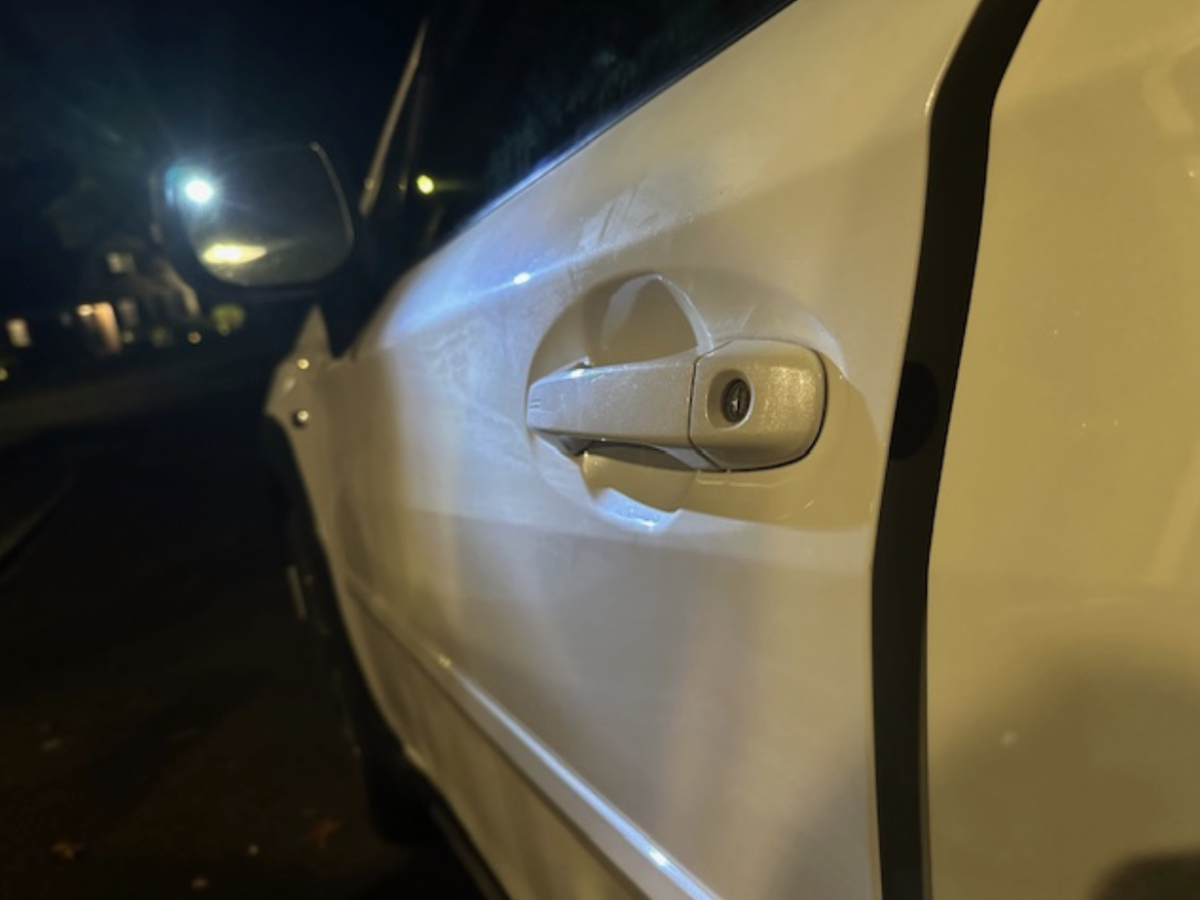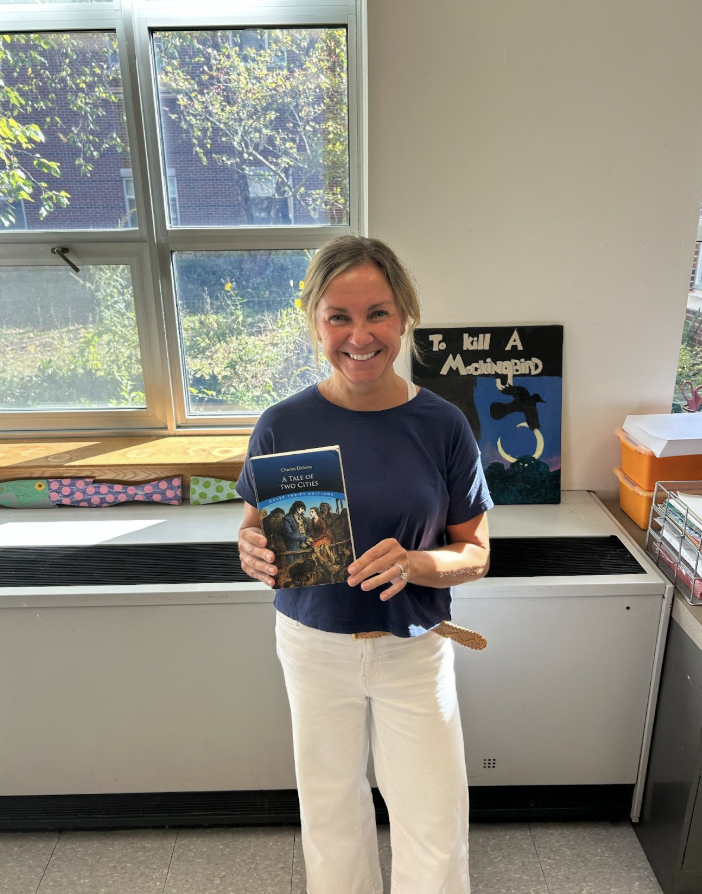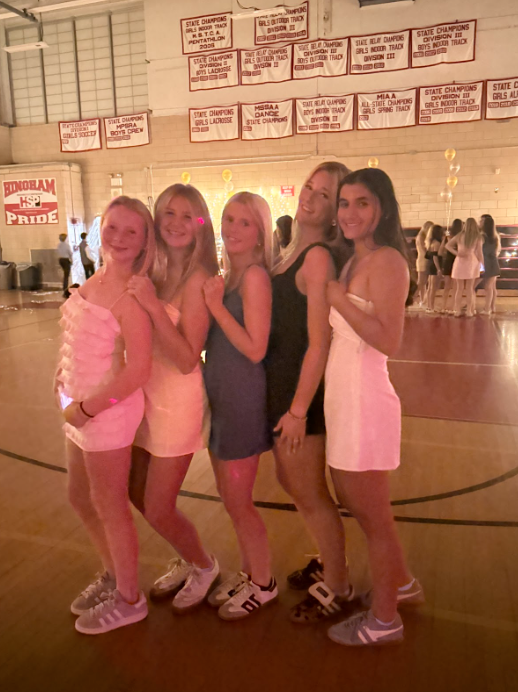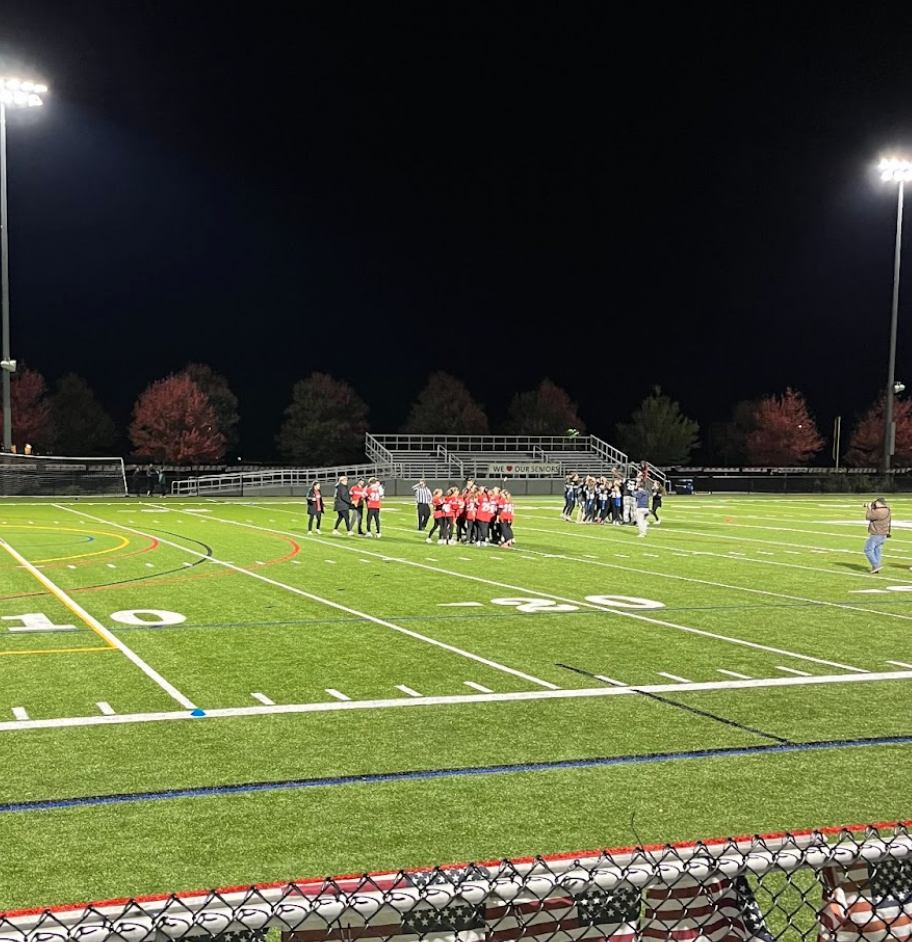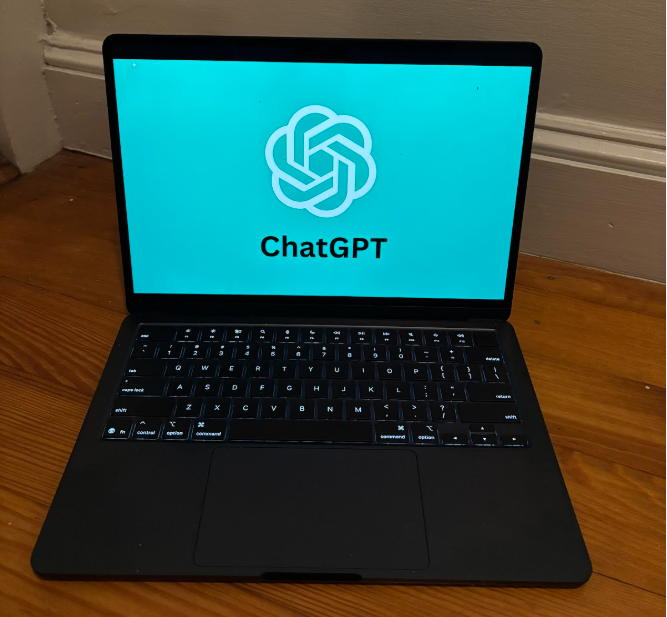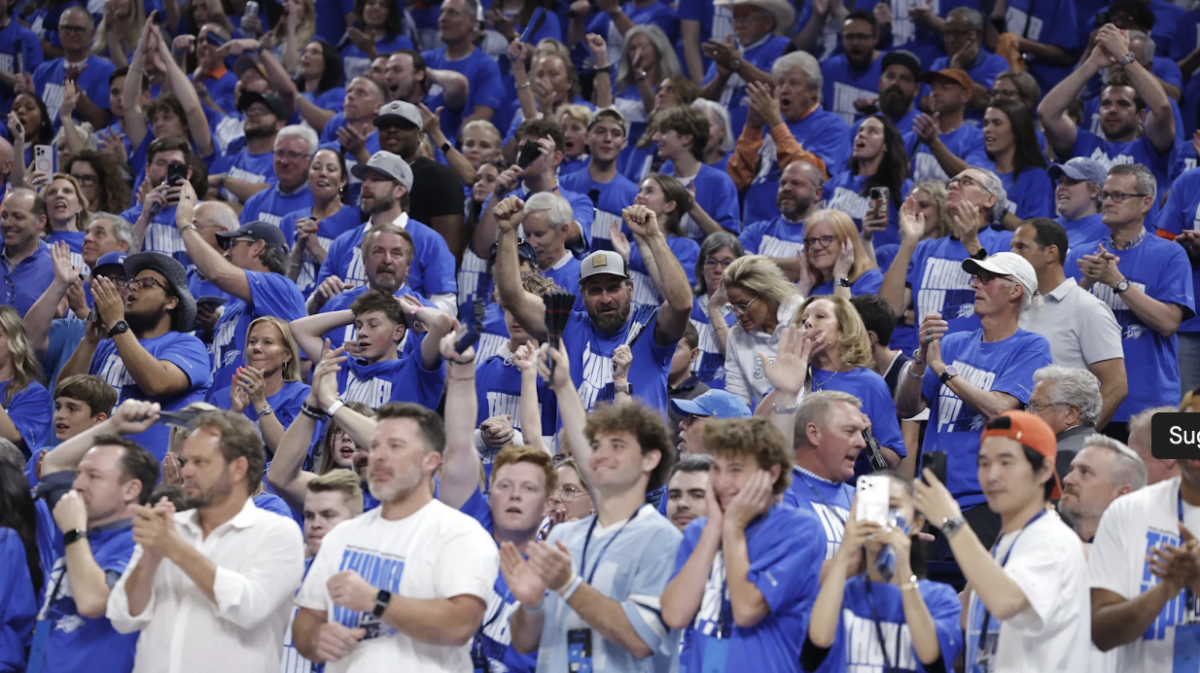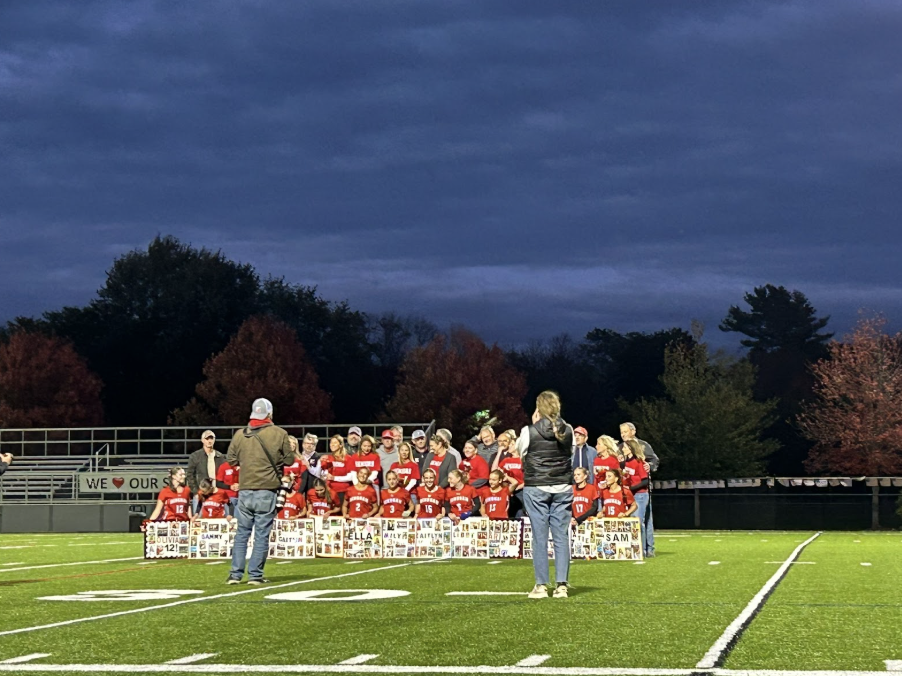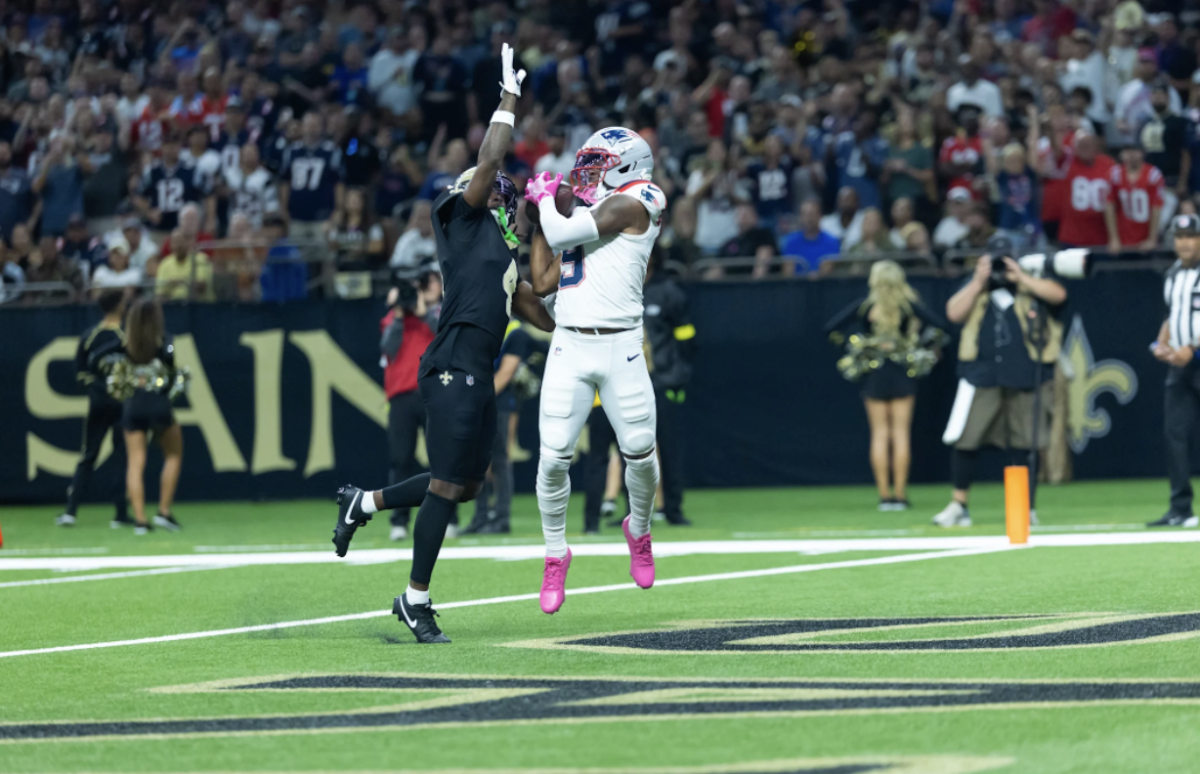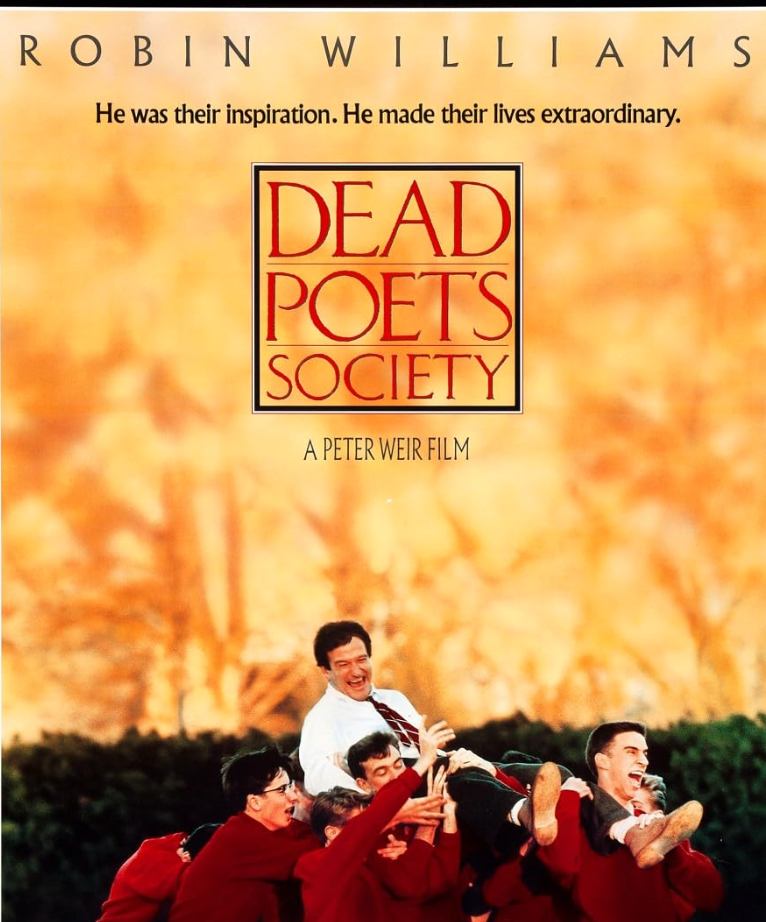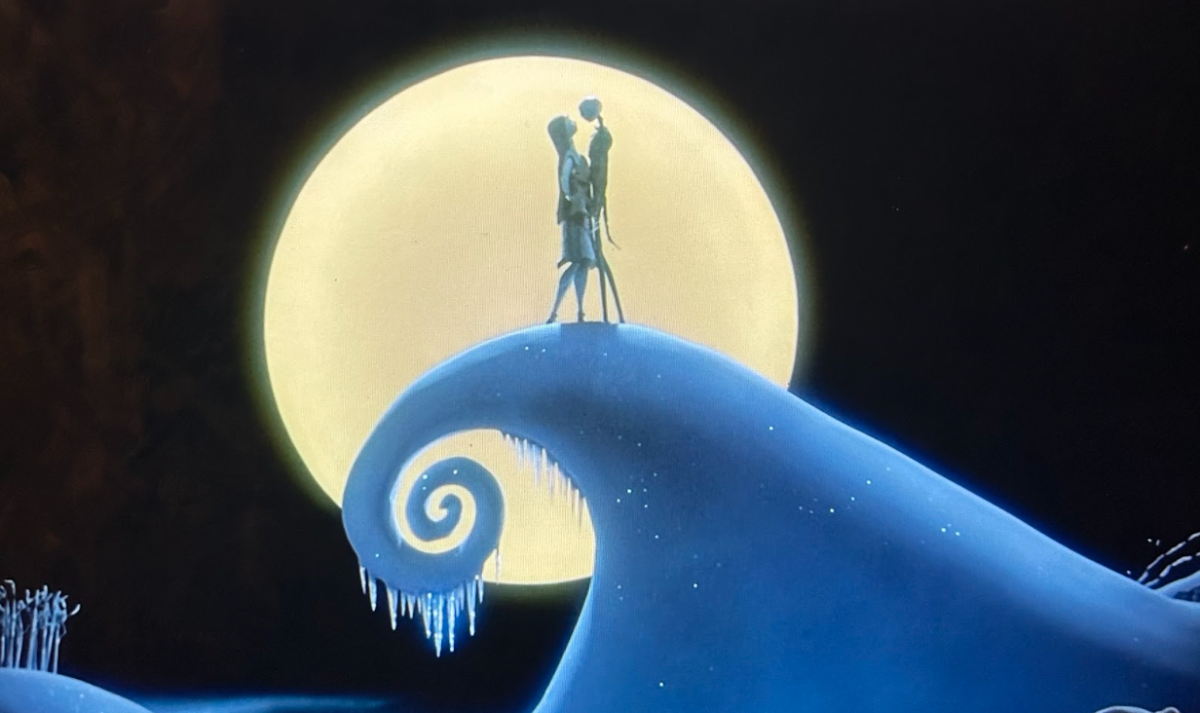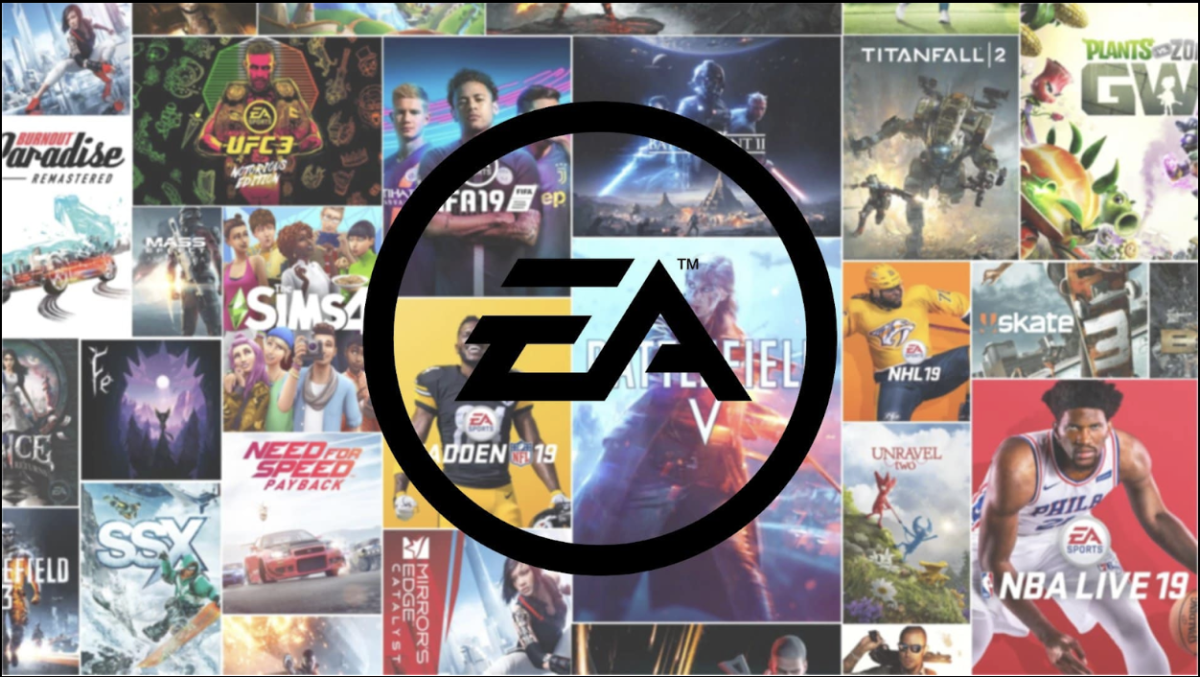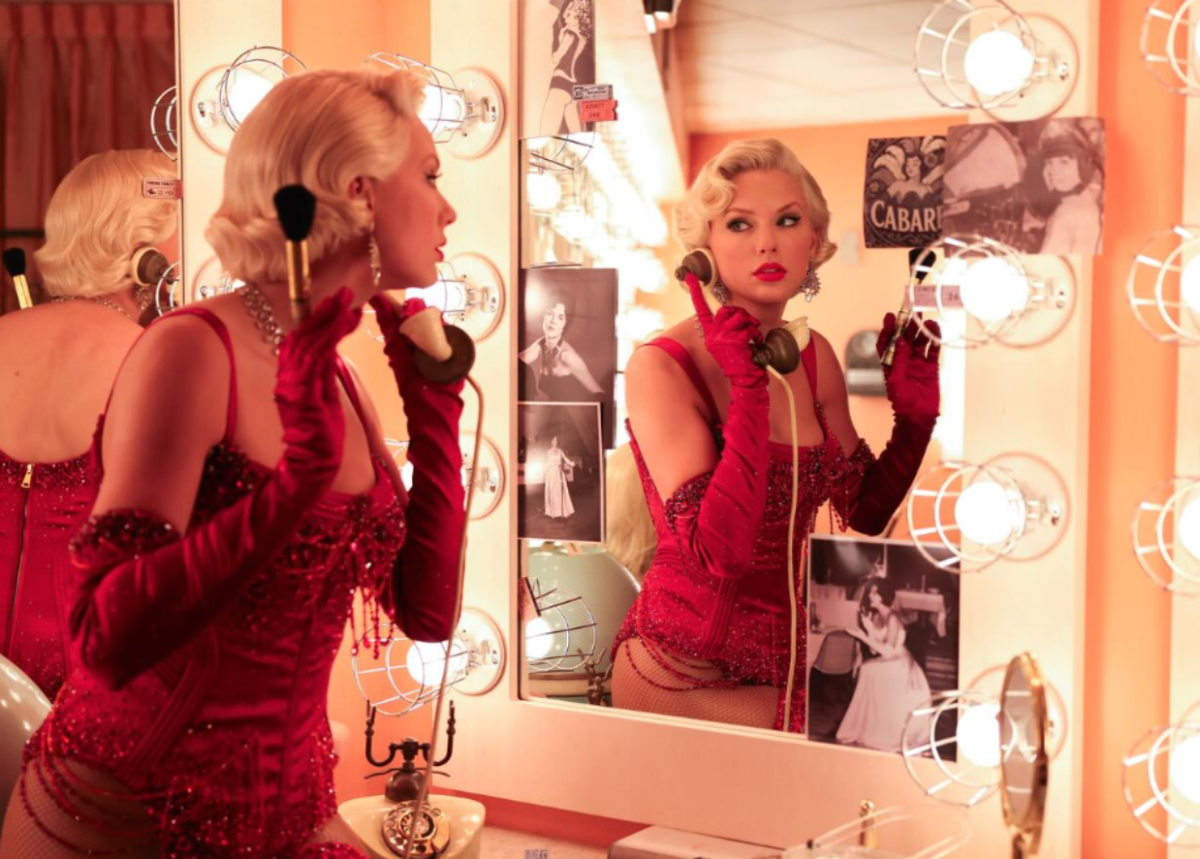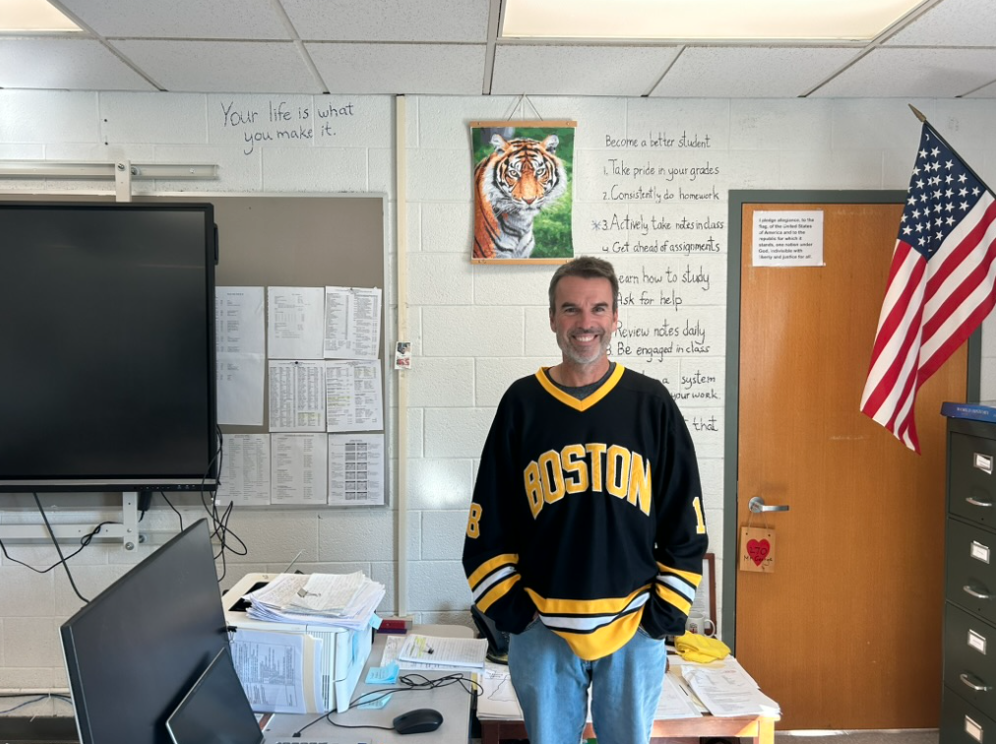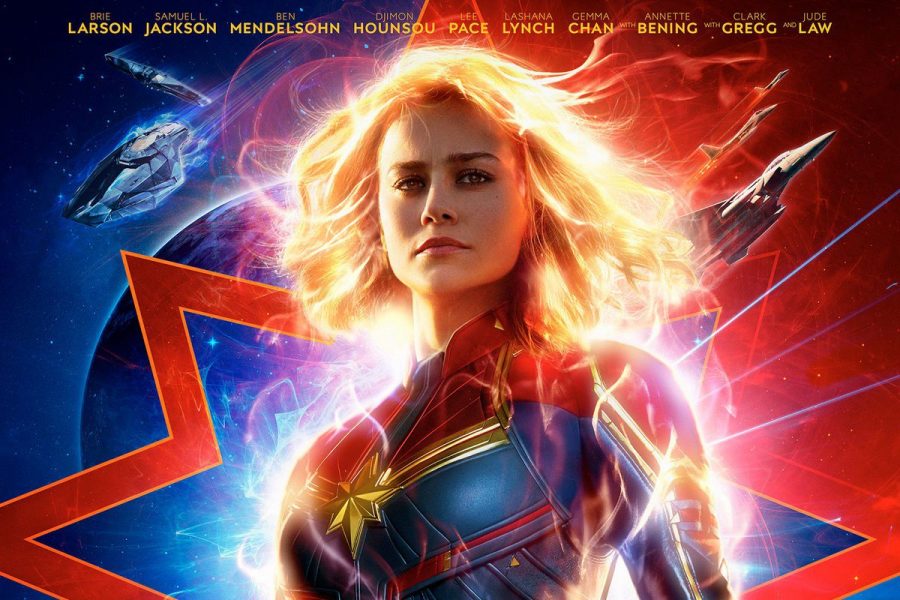Captain Marvel soars above adversity
Brie Larson stands strong in the Captain Marvel movie poster.–and, no, she is not smiling, nor does she have to.
March 17, 2019
I have always understood why representation in film is important. I have always understood how people seeing themselves on screen makes for empowering experience. But never have I experienced such a feeling myself until watching Captain Marvel, a movie fronted by a strong woman with steadfast morals, in theatres.
Ever since I was around 10 years old, I have followed the Marvel Cinematic Universe quite closely. I have seen every movie it’s produced thus far, and I excitedly await new installments. The suspense and action of any superhero movie never fails to leave me on the edge of my seat. But watching Captain Marvel was more of an emotional experience than watching any other Marvel movie–not only because Carol Danvers is a woman, but also because she is undoubtedly the most powerful figure, at least on the good side, introduced to the MCU thus far.
However, going into the movie, I was admittedly nervous. I know women have nothing to prove to men, and I abhor the concept that women in film are held to a standard that men simply aren’t; men can headline films that bomb in the box office but that doesn’t mean no man will ever have the chance at being the leading character in another movie. But part of me desperately wanted all of the men actively trying to damage Captain Marvel’s success to be silenced. I went into the movie with high hopes, terrified that they would not be met. Thankfully, I was not disappointed; Captain Marvel was everything a superhero movie should be and more.
The movie begins with Brie Larson’s Captain Marvel, except she is not Captain Marvel yet. She is a woman named Vers who lives on a planet called Kree and serves on the Kree military unit called the Starforce. Vers appears to be quite close with a fellow Kree Starforce member named Yon-Rogg, played by Jude Law, who helps Vers in her journey to become powerful in hand-to-hand combat before learning to control the powers she possesses but does not understand. Apparently, Yon-Rogg has given Vers the powers she has; he constantly reminds her that “what is given can be taken away.” Yon-Rogg believes that Vers must master the art of combat before she can pursue her powers, insisting that she must prove herself to him in order to keep her powers. Time and time again, he berates her for being too emotional, too invested. But the two seem to be close friends, such arguments between them just banter.
Right out of the gate, it becomes abundantly clear that Vers is not originally from Kree. The only problem is that she has no memory of her life before living on the planet. She has been told by all of the people around her that she is Kree, and she seems to accept this for the most part, except for the fact that she has dreams and patchwork memories that place her in a different place and time. Vers knows she is missing something, especially when she visits the Supreme Intelligence, the artificial intelligence that rules the Kree and assumes the physical appearance of a person who matters most to whoever looks at it. Because, when Vers looks at the Supreme Intelligence, it takes on the form of someone Vers has no memory of; therefore, the person who Vers respects the most comes from a part of her life that she cannot recollect.
Soon after the introductions of Vers, Yon-Rogg, and the Supreme Intelligence, comes a Kree Starforce mission involving Vers, Yon-Rogg, and the rest of their team. In battle, Vers is clearly one to take risks, following her heart much more closely than the orders of others, something that infuriates her team members. The team is supposedly trying to rescue a lost Kree spy from another planet, but, in doing so, they assume the risk of running into Skrulls, an alien race of beings that can shapeshift into anyone they see. Such an ability makes the Skrulls very difficult to discern, especially when they can take the form of a family member of friend. The mission is far from successful–Vers finds the missing spy, or so she thinks, because he is actually a Skrull in disguise. In turn, she is kidnapped, and the rest of her team is forced to escape the planet without her. But this is where the story really begins. While on the Skrull ship, the Skrulls try to hack into Vers’s memories because, apparently, something that she has forgotten is of great value to them. One after the other, Vers is shown moments of sexist adversity in her past–she sees a boy tormenting her on a go-kart track and her subsequent crash, her father ridiculing her weaknesses, the time she took a terrible fall during her training for the U.S. Air Force, a man telling her he’ll never be a successful pilot because it is “called a cockpit for a reason,” and the list goes on. In this manner, the Skrulls’ plan is flawed; in showing these moments to Vers, they ignite a fight within her. She now wants more than ever to piece together the fragmented parts of her past. With this strength, she manages to escape the Skrull ship and crashlands through the ceiling of Blockbuster, a perfect moment to introduce the audience to Earth in the 90s.
From here, we are introduced to young versions of fan-favorite characters, such as a two-eyed Nick Fury and a rookie Phil Coulson, neither of whom has ever even seen an alien, let alone someone like Vers. Upon her landing in Earth, Vers, with the help of Nick Fury, begins to understand her past; she is not a Kree warrior, but a former U.S. Air Force pilot named Carol Danvers. But how did she get to Kree? How did she lose her memory? Why has she been pronounced dead in such a highly secretive Air Force mission that her former best friend must pretend it never even happened?
Stan Lee’s cameo appears shortly after Carol’s arrival on Earth. While fighting a Skrull on a train, Carol is carefully searching the train’s passengers to discern which person could possibly be the Skrull in disguise. During her search, she encounters Stan Lee, giving him a quick and kind smile before continuing her mission. One of the other great moments upon Carol’s arrival is when she first adopts a disguise to cover up her Kree Starforce uniform. While Carol is looking at a map out front of a store, a man pulls up in a motorcycle and begins speaking crudely to her. When she gives him no reaction, he tells her to “smile,” similarly to the many men ridiculing Brie Larson for “not smiling” in any of the posters or promotional material for Captain Marvel. But Carol does not let these men win. Not only does she not smile, she steals the guy’s motorcycle and takes off. Personally, I found that to be the best possible response she could have had.
Additionally, along with Carol, Earth is invaded by the group of Skrulls who are pursuing her, and her fellow Starforce members are also on their way to rescue her. But Carol does not want, nor need, rescuing; she is closer than ever before to deciphering the confusion of her past, and she does not intend to be stopped. In her journey to uncover the secrets of her life on Earth, she develops a beautiful friendship with Nick Fury and reconnects with her former Air Force buddy and best friend Maria Rambeau, a black woman and the only other girl Carol had to rely on, as well as Maria’s young daughter. Carol, Maria, and Maria’s daughter are a family bound by love and not necessarily blood, an important representation of female strength and support. Carol also discovers that the woman she keeps seeing and the Skrulls want access to is Dr. Wendy Lawson, someone she also knew from her Air Force days–Dr. Lawson is also the only other person who was with Carol on the mission Carol supposedly died on, except Dr. Lawson actually did die. Captain Marvel also introduces the character of Goose, a seemingly normal cat that Nick Fury takes an adorable liking to.
When Carol and Nick go to see Maria at her Louisiana home, they are followed there by Skrulls. Here is when the classic Marvel movie betrayal moment takes place, so, if you do not want the movie spoiled for you, I suggest you skip to the last few paragraphs of this review.
As it turns out, the Skrulls are not the villains; in fact, the Kree are. The only thing the Skrulls are guilty of is trying to escape the tyrannical rule of the Kree and, in turn, the Kree have spent years tirelessly waging war against the displaced Skrulls. The Skrulls are nothing more than refugees desperately fleeing from their oppressors. They want to find Dr. Wendy Lawson because she was actually a Kree named Mar-Vell who turned on against the Kree to end the immoral war. The metaphor here is hard to miss, and the greatest part about it is that, instead of blindly siding with the Kree, Carol instantly changes pace and vows to help the Skrulls.
As Carol has come to find, Dr. Lawson experimented with the infamous Tesseract in hopes of harnessing its power to help the Skrulls find a new home and escape the Kree. And when the Skrulls drop the big truth bomb on Carol, she remembers that her top secret mission with Dr. Lawson pertained to this exactly. When Dr. Lawson and Carol crashed on their mission, Dr. Lawson instructed Carol to destroy the Tesseract so that the Kree pursuing them could not take it and use it to inflict further harm. Dr. Lawson soon dies, and Carol is approached by Yon-Rogg, who the audience now knows is evil. Having such a morally upright character, someone willing to die for the good of others, be portrayed by a woman is yet another instance of empowerment in the film–in fact, in the original comics, Dr. Wendy Lawson is actually a male human scientist named Walter Lawson, who is also a love interest of Carol’s.
Inspired by Dr. Lawson’s mantra that she must end wars, not fight them, Carol shoots the glowing blue engine. But a bullet is no match–a surge of energy is released upon impact and hits Carol. But, instead of dying, Carol absorbs the energy released, and Yon-Rogg decides to kidnap her, which is yet another reveal; the small device Yon-Rogg inserted in Carol’s neck is not what gives her her powers. In fact, it has done nothing but diminish them in an attempt to groom her into a weapon. For six years, a man she trusted has manipulated and controlled her. With this memory sharp in her mind, Carol, along with Fury and Maria, set off to find the Tesseract and help the Skrulls find a new home. However, soon they are discovered by Carol’s old Starforce teammates, and a fight ensues. Carol, still not entirely in control of her powers, is unable to stop them; Maria, Nick, and the rest of the Skrull refugees are locked away while Carol is forcibly tied up so that she can appear before the Supreme Intelligence, who still appears as Dr. Wendy Lawson to her.
While she is tied up, unable to escape, the Supreme Intelligence tells her she cannot succeed. It tells her that she is too weak, too emotional, too incapable. As Carol becomes increasingly angry with the Supreme Intelligence’s words, we return to the scenes of Carol’s past that she watched when she was taken hostage by the Skrulls. We revisit all of the moments that she was knocked down and ridiculed for it. Except, this time, these moments do not just end with the fall. And this is where I began to tear up. Instead of just seeing Carol fall, we also get to see her stand up. We see her rise to her feet, covered in bruises and cuts, after crashing at the go-kart course. We see her stand back up after falling while at bat during a baseball game. We see her back on the agility course during her U.S. Air Force training, taking a stand after falling in front of a horde of mocking men. We see her fall, because she is not perfect. But we also see her stand up, which is what makes her strong and makes us feel strong. Weymouth High School junior Reese Piccerelli had a similar reaction. “I felt really empowered,” she mused.
As these scenes play, Carol herself grows more and more powerful, prompted by all of the times she never allowed defeat to finish her. This marks the moment that she truly harnesses her full capabilities–she rips the device Yon-Rogg installed out of her neck and escapes her bonds. She is now much too powerful to be stopped, and she knows it. She helps the Skrulls, Maria, and Fury escape, but the Starforce has called backup that arrives shortly afterwards. Everyone lands on Earth as missiles are launched from space by the newly arrived Kree militia. But Carol alone is powerful enough to stop them–the backup Kree force is stumped by this, baffled that an entire planet having such an effective security system. But the Kree militia soon realizes that it is not a security system, but a woman; a woman strong enough to stop wars and save lives. Knowing they are no match for her, the Kree warriors turn around.
Back on Earth, another incredibly empowering moment occurs. Yon-Rogg is still there after crash landing, and he knows now that he too is no match for Carol. Referring to a conversation they have at the beginning of the film, Yon-Rogg insists that Carol fight him in hand-to-hand combat, no powers, in order to prove herself. Here, filmmakers could easily make this the time that Carol finally shows that she is stronger than the man who oppresses her. They could easily pull a Captain America, who, in Captain America: The Winter Soldier, tosses aside his shield when him assailant asks him to, just because he so desperately wants to prove his strength. But Carol does not fall victim to such a tired trope; instead, she uses her powers to blast Yon-Rogg away from her, before approaching him with the lesson she has learned: “I have nothing to prove to you.”
Following the epic battle, everyone, including the Kree refugees, return to the Rambeau home in Louisiana. While cleaning up after dinner in the kitchen, Fury incorrectly refers to Mar-Vell, Dr. Lawson’s real name, as “Marvel,” which seems to serve as the inspiration for the superhero pseudonym of Captain Marvel that Carol becomes known as. Carol THEN hands Fury his pager, except she has updated it to have a signal that spans galaxies. She instructs him to use it only in emergencies. This, as it turns out, is the very pager Fury is seen pressing as he turns to dust in Infinity War: an emergency. Carol hands this to Fury because she cannot stay for long–she has Skrulls to find a home for and galaxies to avenge. She also makes the decision to leave the Tesseract with Fury, which allows for it to fit seamlessly into its MCU timeline. Then, in a bittersweet goodbye, Carol flies away into space, not to return until the upcoming events of Endgame.
After Carol’s departure, we see Fury in his office, now down an eye (in a beautiful turn of events, Fury loses his eye when Goose scratches his eye beyond saving. When Fury tells Captain America that last time he trusted someone, he lost an eye, is he referring to Goose or Carol? Or is he just being dramatic? After seeing his characterization in Captain Marvel, I am inclined to say the latter), sitting at his computer. When the computer screen is finally revealed, it shows Fury typing in a document called “The Protectors Initiative.” Then, however, Fury glances at a photo on his desktop of Carol Danvers next to the plane she piloted in the Air Force and, on the side of the plane, the following is painted: “Carol ‘Avenger’ Danvers.” Fury takes one look at that and returns to his document, deleting “Protectors” and replacing it with “Avengers.”
To know that Carol Danvers, a woman who defied the constraints that sexism intended to place on her, is the essentially Fury’s backstory and the entire inspiration for what the Avengers one day become, is endlessly influential. When I saw the film, most of the audience gasped and cheered at the reveal, pleased by how well Captain Marvel’s story fits into the Marvel Cinematic Universe and by the fact that is proves that a woman is arguably the most powerful being ever introduced into the MCU.
Overall, Captain Marvel is not necessarily Marvel’s best movie in terms of cinematography and the likes, but, like Black Panther, it means more to its audience because it is more. It is not just a superhero movie. It is a symbol of female empowerment, a film that young girls of all backgrounds can watch and identify with. It shows a woman not only figuratively soaring above adversity (also, in the literal sense, Carol can fly), but becoming stronger than everyone who tried to weigh her down. In the end, she does not give in to Yon-Rogg’s antagonism, because she does not have to prove herself to him when she already knows her own worth. I am 17 and I walked out of that theatre feeling like I could take on the world, so I can only imagine how a girl half my age, young and full of imagination must have felt. I consider it a huge step forward to know that the youngest generation of girls have a heroine like Captain Marvel to look up to. That is the most important thing that Captain Marvel accomplishes, and that is why it is a movie worth watching.
That being said, however, the movie certainly resonated with other audiences as well. Freshman Nick O’Connor thought the was “a blast and had surprises I didn’t see coming. It engaged me to what like was like in the 90’s with references to classic icons. The actress who played Captain Marvel did a great job keeping the movie fun and entertaining as well as giving it energy and strength.”
Brie Larson herself recently said, “I do not need a 40-year-old white dude to tell me what didn’t work for him about A Wrinkle in Time. It wasn’t made for him. I want to know what that movie meant to women of color, to biracial women, to teen women of colors, to teens that are biracial.” Maybe Rotten Tomatoes scored the movie lowly, partially because angry sexists gave the movie negative reviews before it even premiered and during the first 24 hours it showed in order to tank its results, but, speaking as an actual woman watching a movie about female empowerment, I would call it a success.


